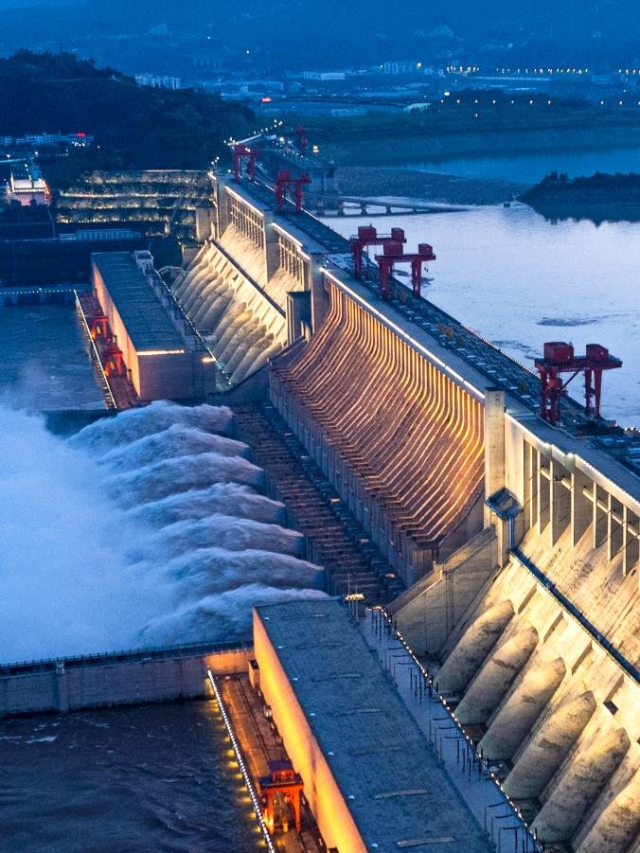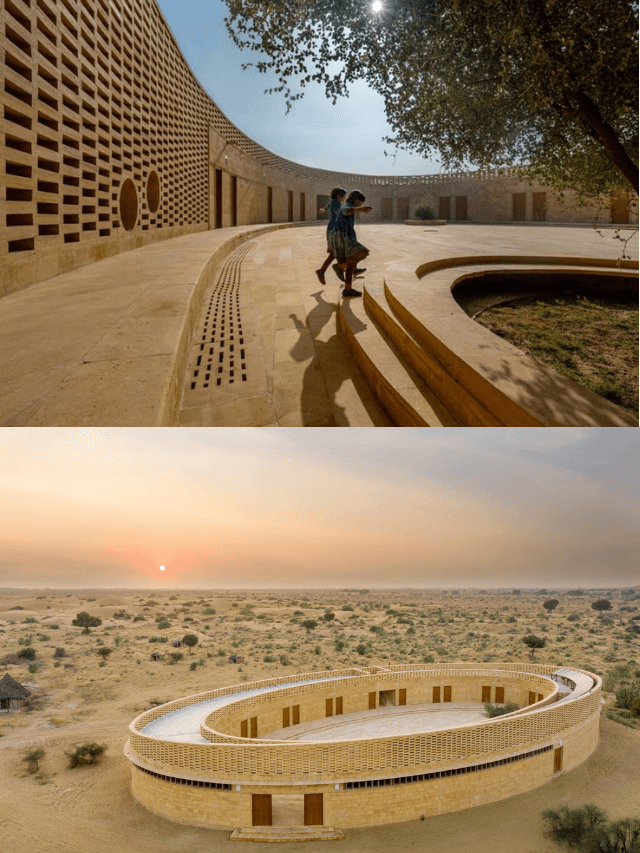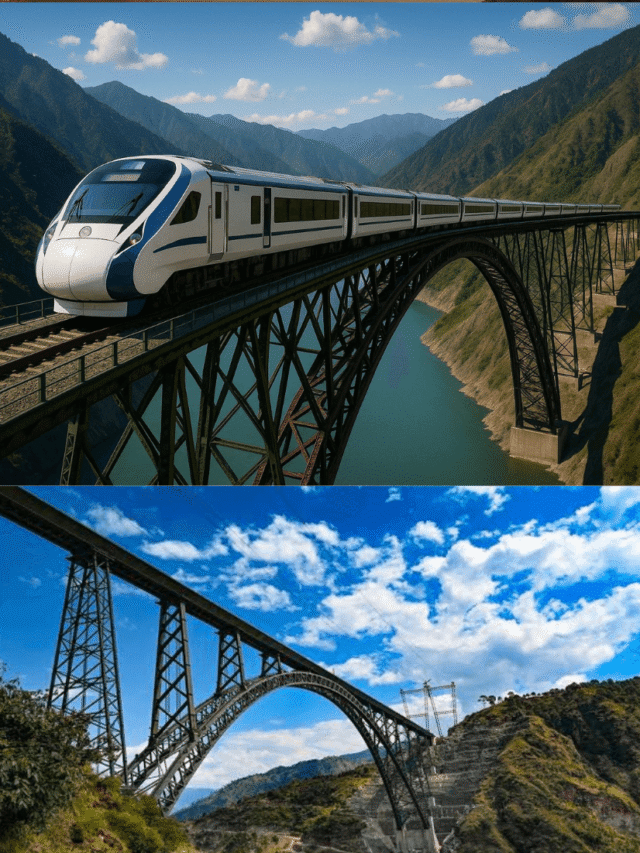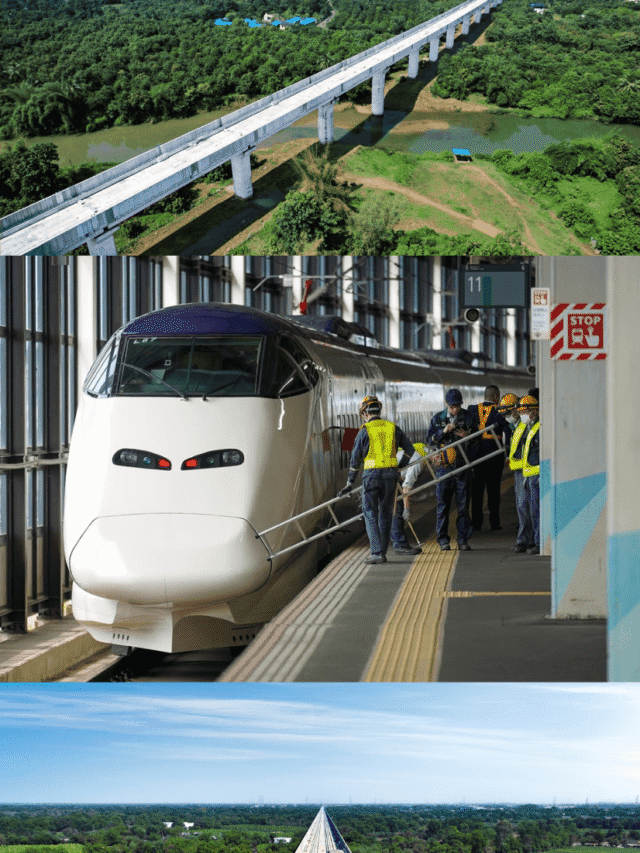In construction, the foundation is the critical base that supports the entire structure, transferring its load to the ground and ensuring stability. Foundations are essential for maintaining structural integrity and preventing uneven settlement or collapse. The type of foundation chosen depends on factors such as soil properties, load requirements, and environmental conditions.
In this blog we will see the main important foundations types both —shallow and deep — their uses in different kinds of construction projects.
Comprehensive Guide to the Types of Foundations in Construction :

The construction projects starts with the excavation and first concrete work that we do is the PCC work for the footing of foundation. Thus we should be very clear about the foundation in construction projects.
Equipment I use for safety purpose and measurements,
Also read,
Foundations in Construction: An Introduction to Their Purpose and Importance.
Different types of foundations :
If the structure of soil lying close to the ground surface possesses adequate power to take on the loads from the superstructure, the foundations of such structures may lie at shallow depths. However, if the upper strata are too weak to take the load, the loads have to be transmitted to deeper depths by means of piles, piers, etc. Foundations can, therefore, be studied broadly two headings, they are :
- Shallow Foundations,
- Deep Foundations.
Shallow Foundation :-
For the purpose of study, shallow foundations are considered as those that are placed at a depth Df, not exceeding the width B, of the foundation. From point of view of design, the shallow foundations are classified into four types, they are :
1. Spread footings or pad foundations :

A spread footing is that in which the base of a column or wall is enlarged. The footing of a column is also called as pad foundations. A pad foundation may consist of a simple circular, square or rectangle slab of uniform thickness or they may be stepped or launched to distribute the load from a heavy column. Common uses of spread footings in construction include supporting individual columns of a building or piers of a bridge. Residential home foundations also frequently employ spread footings as a cost-effective way to increase stability. A wall footing is also called as a continuous footing or a strip footing.
2. Combined Footing :

If the footing supports more than one column it is called as trap or combined footing. A combined footing may have either rectangular or trapezoidal shape or a series of pads connected by narrow rigid beams.
3. Raft or Mat foundations :
Raft or mat foundations are normally required on soils of low bearing capacity or where the structural columns or other loaded areas are so close in both the direction that individual footing foundations would nearly touch each other. Normal practice is to use a foundation where the sum of the areas covered by the conventional individual spread putting is more than about 50% of the loaded area of the structure. Raft foundations are useful in a reducing differential settlements on variable soil or where there is wide variation in loading between adjacent columns or other applied loads.

Raft foundations are commonly used beneath multi storied buildings, storage tanks, silo clusters, chimneys, etc. It is common to use mat foundation to provide the floor slab for the basement. Mat foundation may be supported by piles or situation such as high groundwater to control buoyancy or where the base soil is susceptible to large settlements.
4. Strap Footing :
Strap footing is used when there are two or more columns that need to be supported but are too close to each other. In place of having individual footings for each column, a strap-a beam or concrete connection-joins the footings to transfer the load between them.
Deep foundations :
Deep foundation are normally defined as those that have depth to width (Df/B) ratio greater than 2. For very deep foundations have Df/B ratio greater than 4. Piles, piers and caissons fall in this category. They are used to transmit loads to deeper layers of soil. Piles and drilled piers are used both on land and under water for supporting structures, where as caissons are normally used for bridges and sometimes for multi-storied buildings also.
Types of Deep Foundations
There are many types of deep foundations normally used in home construction.
1. Pile Foundations :-
Piles are long, slender columns made of materials like concrete, steel, or timber. They are driven, drilled, or cast into the ground to support loads. Pile foundations are vital in deep foundations, adapting to different soil types and ensuring stability in varied environmental conditions. Their suitability in India relies on soil type, climate conditions, and specific construction project requirements.

Types of Pile Foundations:
- End-bearing piles: Transfer load to a strong soil or rock layer at the pile’s base.
- Friction piles: Transfer load through skin friction along the pile’s surface.
- Combination piles: Use both end-bearing and friction principles.
2. Caisson or Well Foundations:
Well foundations are structural elements that support massive constructions like piers and bridges. They are usually cylindrical. These foundations are immersed underwater during construction to provide stability and support in difficult situations. When building in India’s difficult terrain and climate, caisson foundations provide a solid option, particularly in regions with elevated water tables and soil erosion.
Drilled shafts are large-diameter, cast-in-place concrete foundations constructed by drilling a hole into the ground and filling it with reinforced concrete.
They are often used for heavy structures like bridges and high-rise buildings.
3. Diaphragm Walls :
Diaphragm walls are reinforced concrete walls constructed in situ, typically used as retaining walls for deep excavations. These walls are known for their strength, durability, and versatility in various construction applications. The primary purpose of a diaphragm wall is to support deep excavation projects and prevent soil collapse, ensuring the stability of the surrounding structure.

- Diaphragm walls are deep, reinforced concrete walls constructed in a trench filled with slurry to prevent collapse.
- Used for retaining walls, basements, and underground structures like tunnels.
Applications :
- Deep basements
- Underground parking structures
- Tunnel access shafts
- Retaining walls
Advantages :
- High structural strength
- Excellent water-tightness
- Suitable for deep excavations
Deep foundations are essential for transferring structural loads to deeper, more stable soil or rock layers, especially in challenging soil conditions or for heavy structures. From pile foundations and drilled shafts and diaphragm walls, each type of deep foundation serves a unique purpose and is chosen based on factors like soil type, load requirements, and site constraints. Understanding these options ensures the right foundation for every project. By selecting the appropriate deep foundation, engineers can ensure the stability, durability, and safety of structures, even in the most demanding environments.
Read more,











Great advice! I’ll definitely be implementing some of these tips.
I needed to post you the little bit of observation to help say thanks again about the marvelous opinions you have shown here. It is certainly unbelievably generous with people like you in giving easily just what many of us might have marketed as an electronic book in making some dough for their own end, principally seeing that you could possibly have done it if you ever decided. The thoughts also worked to be a fantastic way to fully grasp that other people online have the same eagerness like my very own to find out a great deal more on the subject of this problem. I am certain there are millions of more fun times ahead for individuals that looked over your blog post.
thank you for this wonderful appreciation…